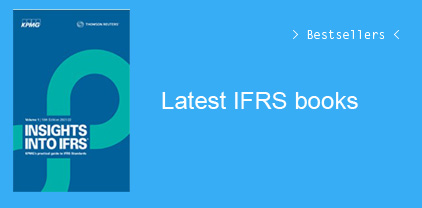CCH's Governmental GAAP Practice Manual demonstrates in a detailed manner how a governmental entity can implement the complex standards established by GASB-34 and beyond through a worksheet approach. (A companion publication, Governmental GAAP Guide, discusses financial accounting and reporting standards necessary to prepare the basic external financial statements of a governmental entity.) The emphasis of Governmental GAAP Practice Manual is on the process of preparing financial statements.
Chapter 1 of the Governmental GAAP Practice Manual provides a detailed analysis of the interrelationship of the two bases of accounting and measurement focuses. Numerous transactions that governmental entities experience must first be recorded on the modified accrual basis and current financial resources focus (for presentation in the governmental fund financial statements) and then converted to the accrual basis and economic resources focus (for presentation in the government-wide financial statements). Included in Chapter 1 is a comprehensive checklist of transactions and events that typically require a worksheet conversion entry. An understanding of these entries will provide a governmental accountant with a basis for analyzing unique and complex transactions and then converting their initial recording on the modified accrual basis to the accrual basis.
Starting in Chapter 2 is a comprehensive illustration that continues through the remaining chapters of the product. For governmental funds, a variety of transactions are illustrated and journalized in Chapter 2 through Chapter 6, which result in a year-end trial balance for each individual fund based on the modified accrual basis of accounting and current financial resources measurement focus.
In Chapter 14 these trial balances are used as the basis for developing the information needed to prepare the fund financial statements. Chapter 16 illustrates the reconciliation for converting the information related to governmental funds (modified accrual basis and current financial resources focus) to information that is needed for the governmental activities column of the government-wide financial statements (accrual basis and economic resources focus).
A similar approach is used for proprietary funds (Chapter 7 and Chapter 8) and fiduciary funds (Chapter 9 through Chapter 13): Illustrative entries are developed for each of the funds, and the resulting trial balances become the basis for preparing fund financial statements (Chapter 13) and the business-type activities column of the government-wide financial statements (Chapter 14).
However, because proprietary fund financial statements and the business-type activities column in the government-wide financial statements are presented on the same basis of accounting and measurement focus (accrual basis and economic resources focus), generally a conversion is not necessary for these funds and activities. In addition, because fiduciary funds are not presented in the government-wide financial statements, a conversion is not needed.
In Chapter 16 the basic financial statements (including the fund financial statements and government-wide statements) are prepared based on the information developed in Chapter 13 and Chapter 14.
Chapter 17 provides a summarized discussion of note disclosure concepts and a listing of the required note disclosures applicable to state and local government financial statements. For a detailed discussion, use of the Governmental GAAP Disclosures Manual is preferred.
Chapter 18 discusses and develops information related to management’s discussion and analysis and other required supplementary information. Chapter 19 illustrates combining financial statements that are presented as part of supplementary information included in a governmental entity’s Comprehensive Annual Financial Report.
Chapter 20 provides the preparers of financial statements with an in-depth review of the statistical section of the CAFR.
This book can be used in conjunction with the Governmental GAAP Update Service.
































